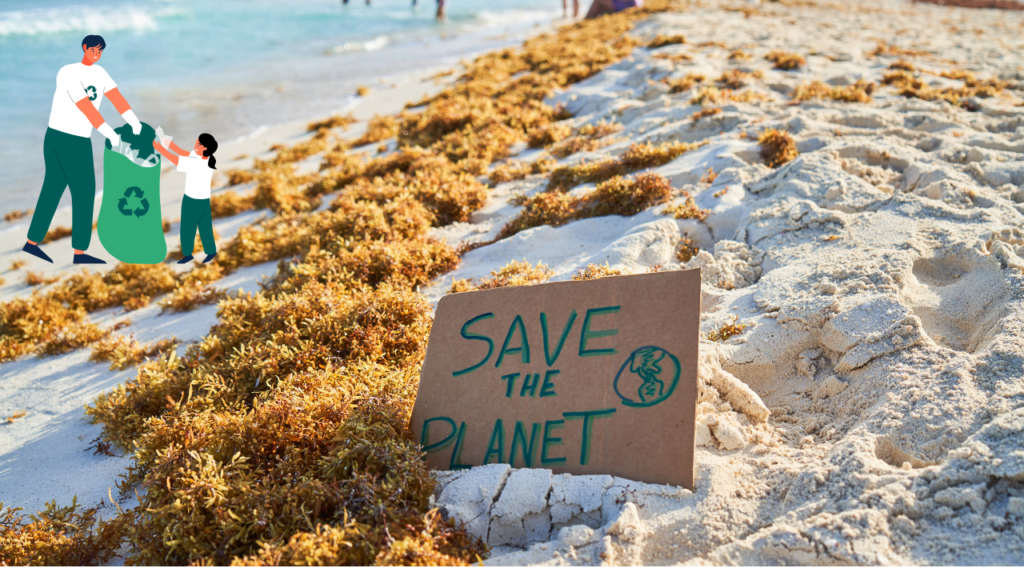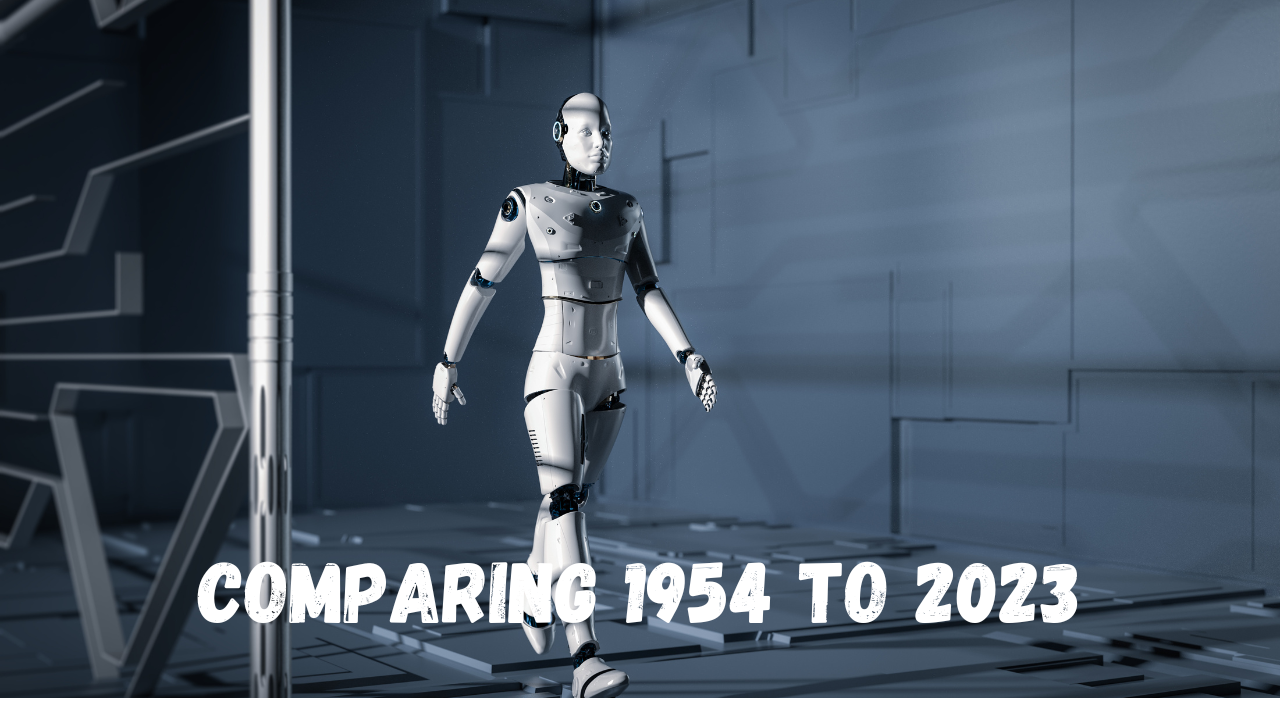2023 to 1954: The world of 1954 and the world of 2023 are separated by nearly seven decades of technological innovation, social transformation, economic development, and environmental awareness. These years mark a period of significant change that has reshaped how we live, communicate, work, and interact with our environment. This article delves into the myriad ways these two years differ, providing a comprehensive comparison that highlights the evolution of humanity over the decades.
Technological Advancements 1954 to 2023
In 1954, the seeds of modern technology were being sown. This year witnessed significant milestones such as the first successful kidney transplant, performed by Dr. Joseph Murray in Boston, and the connection of the first nuclear power plant to a power grid in Obninsk, USSR. Television was becoming a household staple, with broadcasts extending to more homes, and the transistor radio was an innovation that revolutionized how people consumed media on the go.
However, the technological landscape of 1954 was rudimentary compared to that of 2023. Today, we live in a digital world dominated by digital technology. Smartphones, which combine the functionalities of a computer, camera, GPS, and communication device, are ubiquitous. The advent of the internet has created a global village where information is accessible instantaneously from anywhere on the planet. Innovations in artificial intelligence and machine learning are driving forward industries from healthcare to finance, while quantum computing promises to revolutionize data processing and encryption.
In 1954, space exploration was in its infancy, with early rockets and satellites representing the cutting edge of technology. By 2023, humanity has sent rovers to Mars, developed the International Space Station, and is planning manned missions to Mars. Private companies like SpaceX are leading a new era of space travel, aiming to make space tourism and colonization a reality.

Communication and Media
The way we communicate has seen one of the most profound transformations from 2023 to 1954. In 1954, communication was primarily face-to-face, via handwritten letters, or through the telephone. Television was emerging as a powerful medium, with families gathering around the TV to watch news broadcasts and entertainment programs. Newspapers and radio were still major sources of information.
In 2023, digital communication dominates. Social media platforms like Facebook, Twitter, and Instagram connect billions of people across the globe, enabling instant sharing of thoughts, images, and videos. Video conferencing tools such as Zoom and Microsoft Teams have transformed how we work and interact, especially highlighted during the COVID-19 pandemic. News consumption has shifted largely to online platforms, where real-time updates and a multitude of perspectives are available at our fingertips.
The rise of streaming services like Netflix, Hulu, and Disney+ has changed the entertainment industry, offering on-demand content that can be watched anytime, anywhere. Podcasts and digital books provide new ways to consume information and entertainment. The democratization of content creation through platforms like YouTube and TikTok has given rise to a new generation of creators and influencers.
Social and Cultural Changes
Social norms and cultural values have undergone significant shifts from 2023 to 1954. In 1954, many societies were still grappling with rigid gender roles and racial segregation. The Civil Rights Movement in the United States was gaining momentum, marked by the landmark Supreme Court decision in Brown v. Board of Education, which declared racial segregation in public schools unconstitutional. Globally, many countries were still under colonial rule, and independence movements were on the rise.
In contrast, 2023 is characterized by significant progress toward equality and inclusivity. Movements advocating for gender equality, LGBTQ+ rights, and racial justice have reshaped societal norms. The conversation around mental health has become more open and accepted, reducing stigma and promoting well-being. Social media has amplified voices that were previously marginalized, contributing to a more diverse and inclusive dialogue.
However, challenges remain. Despite progress, issues such as systemic racism, gender inequality, and discrimination persist. The #MeToo movement and Black Lives Matter have highlighted ongoing struggles for justice and equality. The global refugee crisis and debates over immigration continue to shape social and political landscapes.
Economic Developments
The global economy in 1954 was marked by post-World War II recovery and growth. Many countries, particularly in Europe and Asia, were rebuilding their economies, leading to rapid industrialization and economic expansion. The United States was experiencing a period of significant economic prosperity known as the post-war economic boom, characterized by high consumer spending and growth in manufacturing.
In 2023, the economy is more globalized and digital. The service sector, particularly technology, finance, and healthcare, dominates the economic landscape. E-commerce has revolutionized retail, with companies like Amazon and Alibaba transforming how goods are bought and sold. Cryptocurrencies and blockchain technology are becoming more mainstream, challenging traditional financial systems.
However, economic disparities have widened. While technological advancements have created new opportunities and industries, they have also contributed to job displacement and income inequality. The gig economy has risen, offering flexibility but also raising concerns about job security and benefits. Issues like climate change and sustainability are at the forefront of economic planning and policy, with businesses and governments seeking to balance growth with environmental responsibility.
Environmental Awareness
Environmental issues were not a major public concern in 1954. Industrialization was pursued with little regard for environmental consequences, and the concept of sustainability was virtually non-existent. Pollution, deforestation, and resource depletion were not seen as immediate threats.
By 2023, environmental awareness has dramatically increased. Climate change is a critical global issue, with international agreements like the Paris Agreement aiming to reduce carbon emissions and limit global warming. Renewable energy sources such as solar and wind power are becoming more prevalent, and there is a significant push towards sustainability in both individual behavior and corporate practices.

Environmental activism has grown, driven by a heightened awareness of the planet’s fragility. Movements like Fridays for Future, led by young activists like Greta Thunberg, have brought environmental issues to the forefront of public discourse. Governments and businesses are increasingly adopting green technologies and sustainable practices, though challenges remain in balancing economic growth with environmental protection.
Healthcare and Medicine
In 1954, healthcare was advancing but still limited compared to modern standards. Penicillin and other antibiotics were in widespread use, and vaccines for diseases like polio were being developed. However, medical technology and treatments were far less advanced, and access to healthcare varied widely depending on geographic and economic factors.
The healthcare landscape in 2023 is characterized by remarkable advancements. Genetic engineering, personalized medicine, and telehealth are revolutionizing patient care. Diseases that were once fatal are now manageable or curable, thanks to breakthroughs in medical research and technology. The COVID-19 pandemic accelerated innovations in vaccine development and global health infrastructure, highlighting the importance of preparedness and collaboration.
However, access to healthcare remains uneven. While developed countries benefit from advanced medical technologies and treatments, many developing nations struggle with inadequate healthcare infrastructure and resources. Global health initiatives aim to address these disparities, but challenges persist in ensuring equitable access to quality healthcare.
Political Landscape
The political landscape of 1954 was marked by the Cold War, a period of geopolitical tension between the United States and the Soviet Union. The threat of nuclear war loomed large, influencing foreign and domestic policies. Many countries were navigating the complexities of decolonization, leading to new political dynamics and challenges.
In 2023, the political landscape is shaped by a multitude of factors, including globalization, technological advancements, and the rise of populism. The geopolitical tensions of the Cold War have been replaced by complex international relations involving multiple global powers such as the United States, China, and Russia. Issues such as cybersecurity, terrorism, and global health crises have emerged as significant concerns.
Political polarization and populism have risen in many countries, leading to debates over national identity, immigration, and economic policy. The impact of social media on politics is profound, with information (and misinformation) spreading rapidly, influencing public opinion and political outcomes. The role of international organizations like the United Nations and the European Union continues to be crucial in addressing global challenges.
Education and Knowledge
Education in 1954 was characterized by traditional classroom settings, with a strong emphasis on rote learning and standardized curricula. Access to education varied widely, and many countries faced challenges in providing universal education. Higher education was less accessible, often limited to the affluent and privileged.
By 2023, education has transformed significantly. The integration of technology in classrooms has created new learning opportunities and methodologies. Online education platforms like Coursera, Khan Academy, and edX provide access to high-quality education for millions around the world. The COVID-19 pandemic accelerated the adoption of remote learning, highlighting both the possibilities and challenges of digital education.

There is a growing emphasis on skills-based education and lifelong learning. With rapid technological changes, the need for continuous education and skill development is more critical than ever. Efforts to make education more inclusive and equitable are ongoing, addressing disparities in access and quality.
Conclusion: 2023 to 1954
Comparing 2023 to 1954 reveals a world transformed by technological innovation, social progress, economic shifts, and increased environmental awareness. The advancements over these decades have improved quality of life and expanded opportunities, but they have also introduced new challenges. As we look to the future, the lessons from the past can guide us in navigating the complexities of a rapidly changing world.
The journey from 2023 to 1954 highlights the dynamic nature of human society, the relentless pace of change, and the ongoing quest for a better future. Whether it’s through embracing new technologies, advocating for social justice, or striving for sustainability, the actions we take today will shape the world for generations to come










